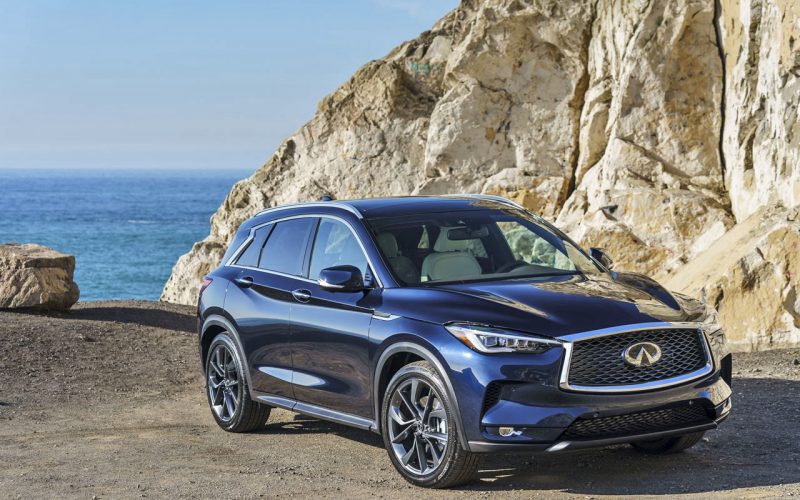
Reading Time: 2 minutesInfiniti had more reasons to celebrate than just Canada Day on July 1, 2018, because extremely
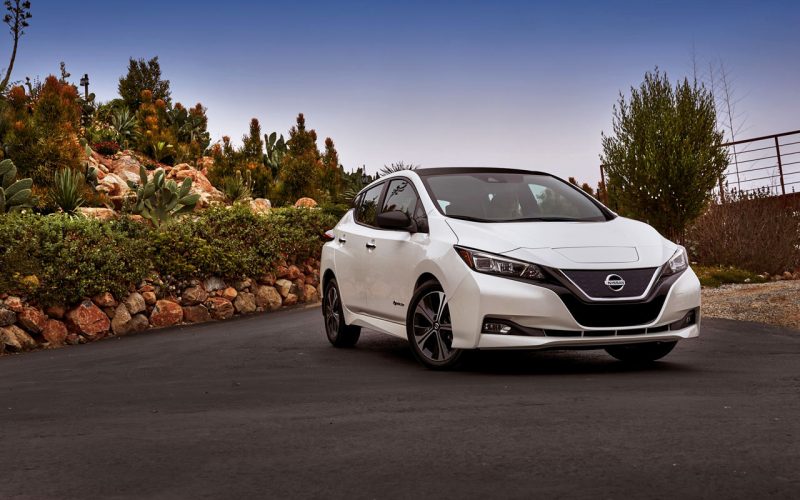
Reading Time: 4 minutesAfter achieving its best sales results ever in 2017, Nissan Canada has yet another sales milestone
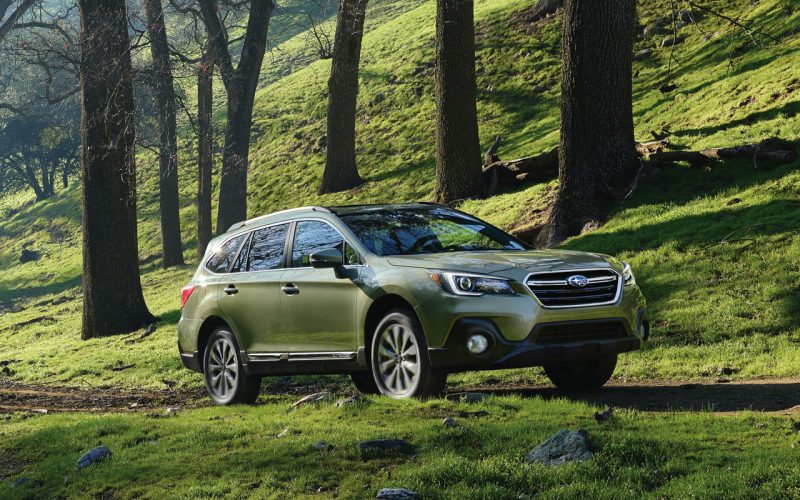
Reading Time: 3 minutesSubaru Canada, Inc. (SCI) capped off calendar year 2017 with its best December on record, helping
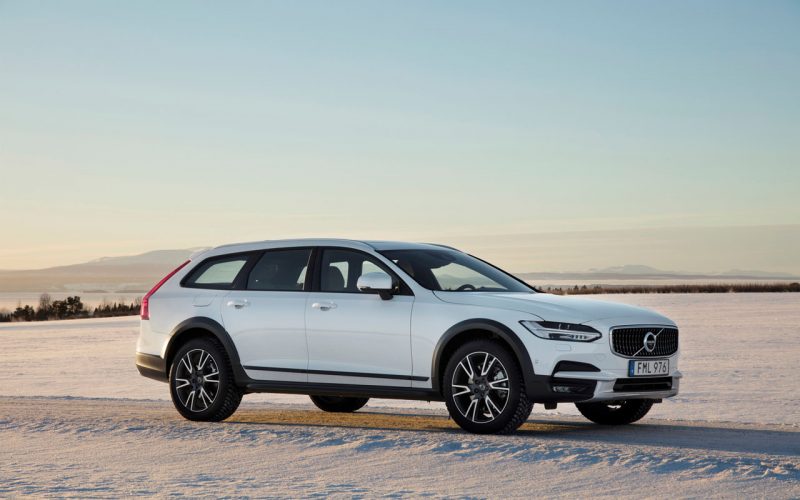
Reading Time: 6 minutesVolvo Car Canada Ltd. delivered 7,102 vehicles in 2017 compared to 6,103 the year prior, which
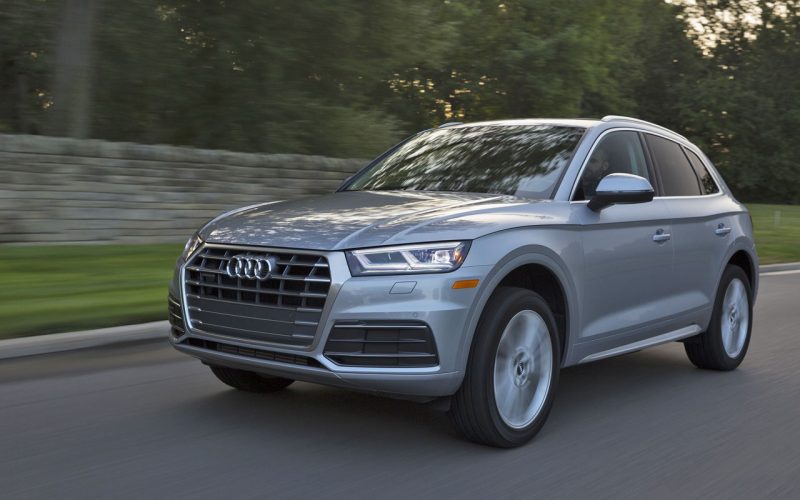
Reading Time: 4 minutesWhile sales of some premium brands are more or less flat in Canada, Audi’s Canadian division
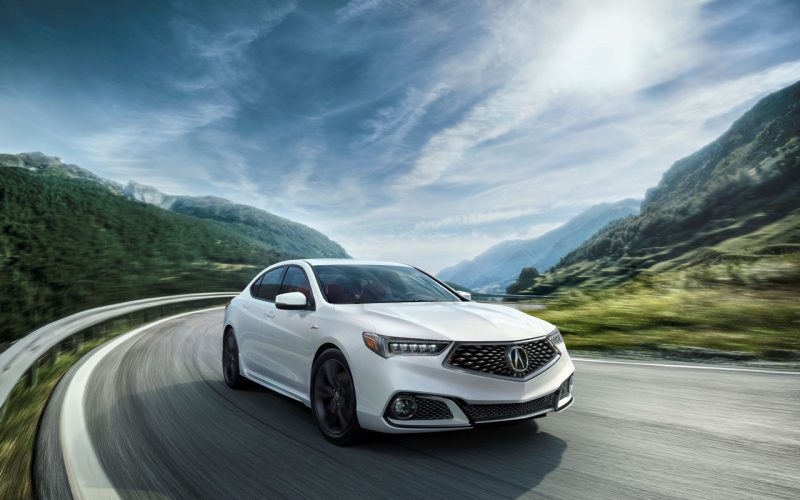
Reading Time: 4 minutesAcura, Honda’s luxury division, topped 20,000 sales in Canada for the third consecutive calendar year in
© 2025 The Car Magazine. All Rights Reserved, Privacy Policy | Terms of Use